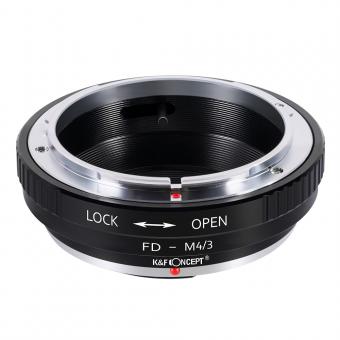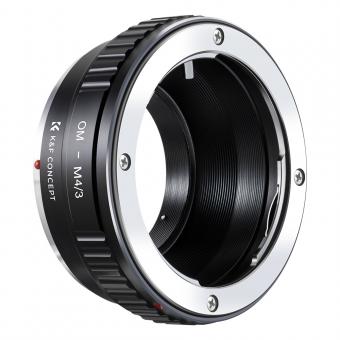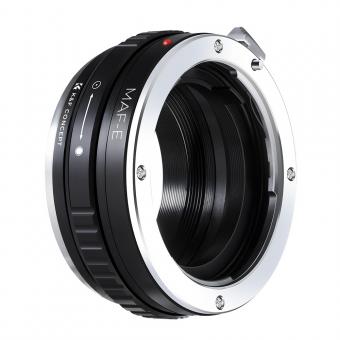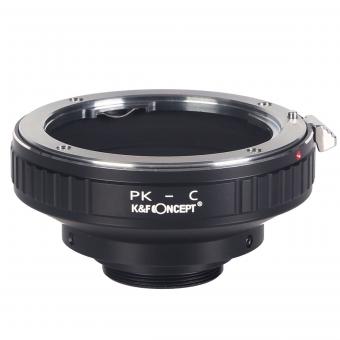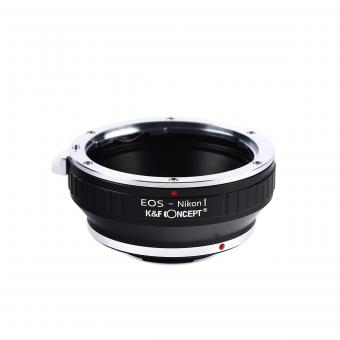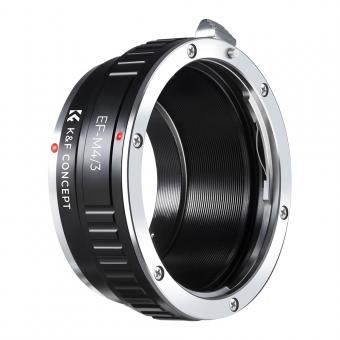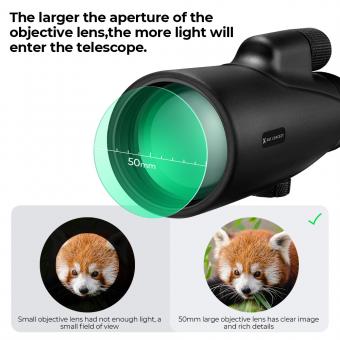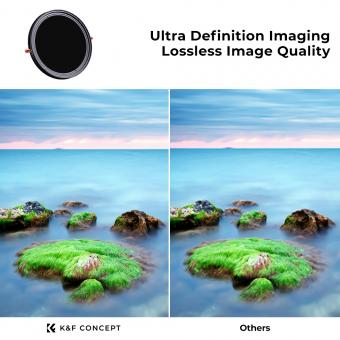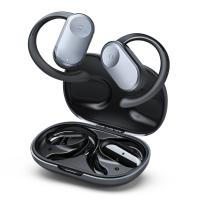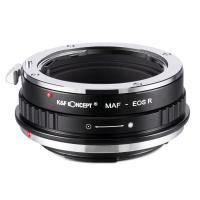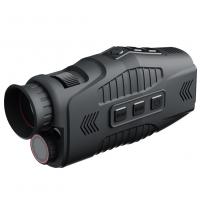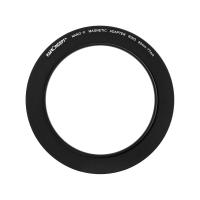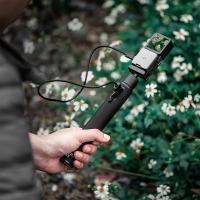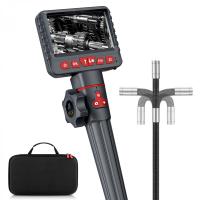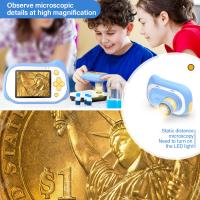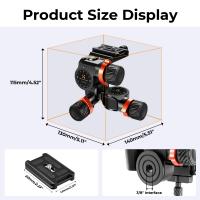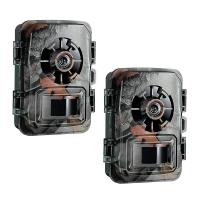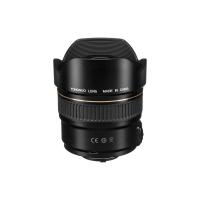Cameras You Can Talk Through ?
Cameras that allow two-way communication, also known as two-way audio cameras or cameras with built-in speakers and microphones, enable users to talk through the camera. These cameras are typically used for security purposes, allowing users to not only see what is happening but also communicate with individuals on the other end. They are commonly used in video surveillance systems for homes, businesses, and public spaces. Two-way audio cameras can be accessed remotely through a mobile app or web browser, allowing users to speak to someone on the camera's location in real-time. This feature can be useful for various scenarios, such as monitoring children or pets, interacting with delivery personnel, or deterring potential intruders.
1、 Two-way audio communication in surveillance cameras
Two-way audio communication in surveillance cameras, also known as cameras you can talk through, is a feature that allows users to communicate with individuals on the other end of the camera. This technology has become increasingly popular in recent years due to its ability to enhance security and provide real-time interaction.
With two-way audio communication, users can not only see what is happening in the camera's field of view but also communicate with people on the other side. This feature is particularly useful in situations where immediate action or intervention is required. For example, in a home security system, if an intruder is detected, the homeowner can use the camera's audio feature to warn the intruder or scare them away.
In addition to security applications, two-way audio communication in surveillance cameras has found utility in various other scenarios. For instance, in retail environments, it can be used to provide customer assistance remotely, improving the overall shopping experience. Similarly, in office settings, it can facilitate communication between employees and visitors, allowing for efficient access control.
The latest advancements in this technology have focused on improving audio quality and reducing latency. Manufacturers are incorporating noise-canceling features to ensure clear and crisp communication, even in noisy environments. Additionally, advancements in network connectivity have made it possible to achieve real-time audio transmission, enabling seamless interaction between the camera user and the person on the other end.
Overall, two-way audio communication in surveillance cameras has proven to be a valuable tool in enhancing security and enabling remote communication. As technology continues to evolve, we can expect further improvements in audio quality, range, and integration with other smart devices, making these cameras even more versatile and effective in various applications.
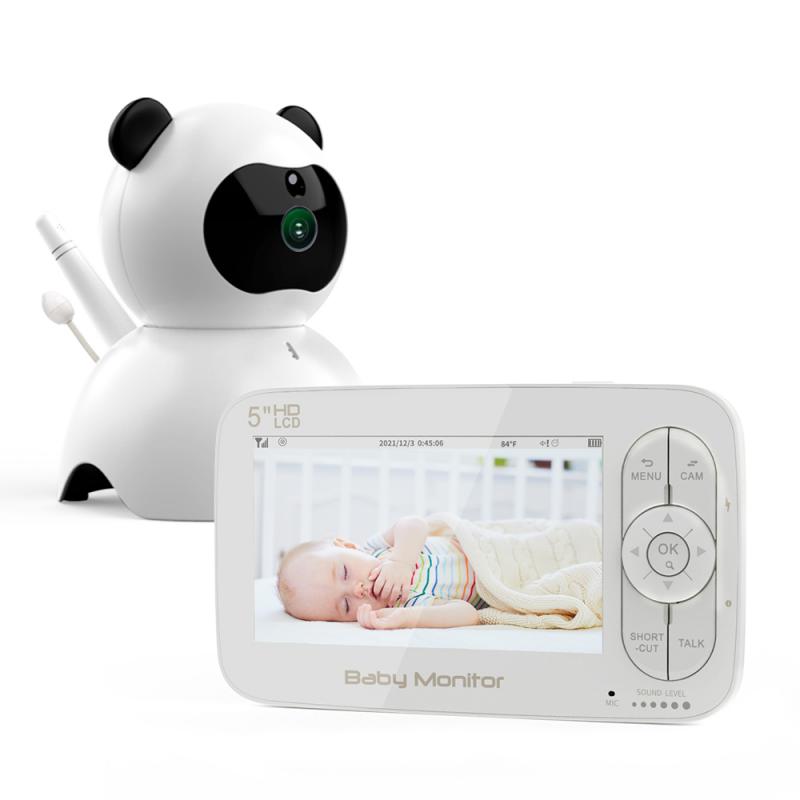
2、 Voice-enabled cameras for remote communication
Voice-enabled cameras for remote communication are becoming increasingly popular in today's digital world. These innovative devices allow users to not only see and hear each other but also have real-time conversations through the camera itself. This technology has revolutionized the way people communicate, especially in situations where physical presence is not possible or convenient.
One of the key advantages of voice-enabled cameras is their ability to bridge the gap between individuals who are geographically separated. Whether it's for business meetings, family gatherings, or even medical consultations, these cameras provide a lifelike experience that goes beyond traditional video calls. Users can now have face-to-face conversations, make eye contact, and read each other's body language, all while being miles apart.
Moreover, voice-enabled cameras offer a level of convenience and ease of use that was previously unimaginable. With just a simple voice command, users can initiate a call, adjust camera settings, or even capture images or videos. This hands-free operation makes these cameras ideal for various scenarios, such as cooking tutorials, home security monitoring, or even virtual tours.
From a technological standpoint, voice-enabled cameras are constantly evolving. With advancements in artificial intelligence and machine learning, these devices can now understand and respond to voice commands more accurately than ever before. Additionally, some cameras are equipped with smart features like facial recognition, which can automatically adjust settings based on the user's preferences.
In conclusion, voice-enabled cameras for remote communication have transformed the way we connect with others. They offer a seamless and immersive experience that brings people closer together, regardless of their physical location. As technology continues to advance, we can expect even more exciting developments in this field, further enhancing our ability to communicate effectively and effortlessly.
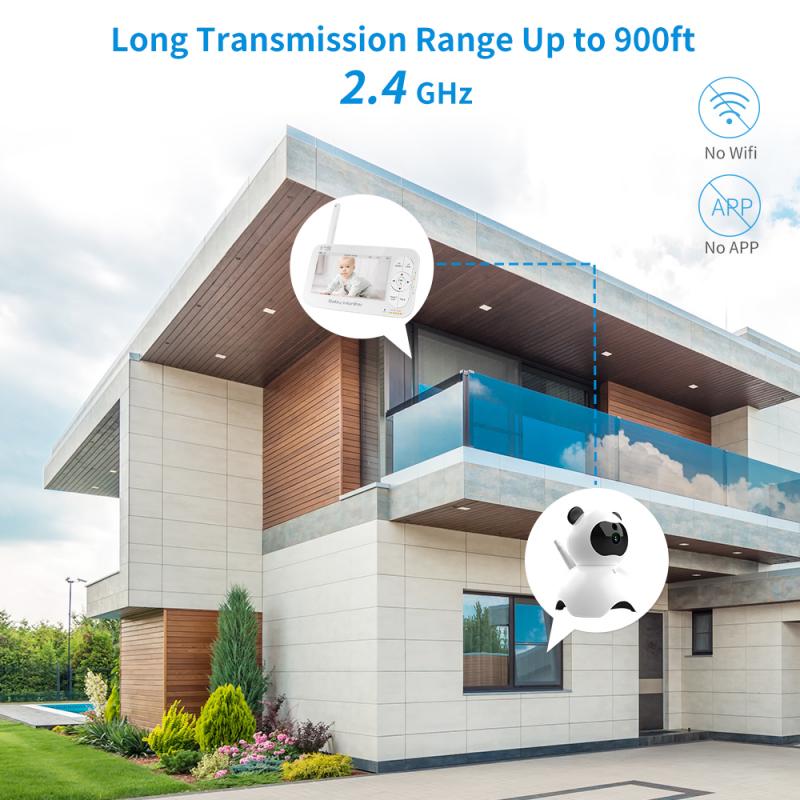
3、 Intercom functionality in modern camera systems
Intercom functionality in modern camera systems allows users to communicate through cameras, providing a convenient and efficient way to interact with individuals on the other end. This feature is particularly useful in various settings, such as home security, business surveillance, and even in public spaces.
With intercom functionality, cameras become more than just passive monitoring devices. They transform into active communication tools, enabling users to speak directly to people within the camera's field of view. This can be done through built-in speakers and microphones or by connecting external audio devices.
One of the key advantages of cameras with intercom functionality is the ability to deter potential intruders or suspicious individuals. By speaking through the camera, users can issue warnings or ask questions, creating a sense of presence and potentially preventing unwanted activities.
In addition to security purposes, intercom functionality in cameras can also enhance convenience and efficiency in various scenarios. For instance, in a smart home setup, users can communicate with delivery personnel or visitors without physically being present at the door. This can be particularly useful for individuals with mobility issues or those who are unable to answer the door immediately.
Moreover, intercom functionality in modern camera systems often comes with advanced features such as noise cancellation and two-way audio, ensuring clear and effective communication. Some cameras even offer integration with voice assistants, allowing users to control the intercom feature using voice commands.
As technology continues to advance, we can expect further improvements in intercom functionality in camera systems. For example, the integration of artificial intelligence may enable cameras to automatically detect and respond to specific situations, providing more proactive and personalized communication.
Overall, cameras with intercom functionality offer a versatile and practical solution for communication and security needs. Whether it's for home, business, or public spaces, this feature provides an added layer of convenience, safety, and peace of mind.

4、 Audio-enabled CCTV cameras for real-time interaction
Audio-enabled CCTV cameras for real-time interaction, also known as cameras you can talk through, are a revolutionary advancement in surveillance technology. These cameras not only capture high-quality video footage but also allow for two-way communication between the observer and the subject being monitored. This feature has proven to be invaluable in various scenarios, such as security monitoring, customer service, and even remote healthcare.
In security monitoring, audio-enabled CCTV cameras provide an added layer of protection by allowing security personnel to communicate with individuals on the premises. This real-time interaction enables immediate response to potential threats or suspicious activities, enhancing the overall effectiveness of surveillance systems. Additionally, the ability to communicate through the camera can help de-escalate situations by providing verbal warnings or instructions to individuals involved.
Furthermore, audio-enabled CCTV cameras have transformed customer service in retail environments. Store associates can remotely assist customers by answering questions, providing product information, or guiding them through the store. This not only enhances the shopping experience but also improves operational efficiency by reducing the need for physical assistance.
In the field of healthcare, audio-enabled CCTV cameras have opened up new possibilities for remote patient monitoring. Medical professionals can observe patients in real-time and communicate with them, providing immediate assistance or guidance. This technology has become particularly relevant during the COVID-19 pandemic, as it allows healthcare providers to remotely monitor patients while minimizing physical contact.
From a latest point of view, the integration of artificial intelligence (AI) and voice recognition technology has further enhanced the capabilities of audio-enabled CCTV cameras. AI algorithms can analyze audio data, detect specific sounds or keywords, and trigger automated responses or alerts. This advancement has significantly improved the efficiency and accuracy of surveillance systems, making them even more effective in various applications.
In conclusion, audio-enabled CCTV cameras for real-time interaction, or cameras you can talk through, have revolutionized surveillance technology. Their ability to capture high-quality video footage and facilitate two-way communication has proven invaluable in security monitoring, customer service, and healthcare. With the integration of AI and voice recognition technology, these cameras continue to evolve, providing enhanced capabilities and improving overall safety and efficiency in various industries.


